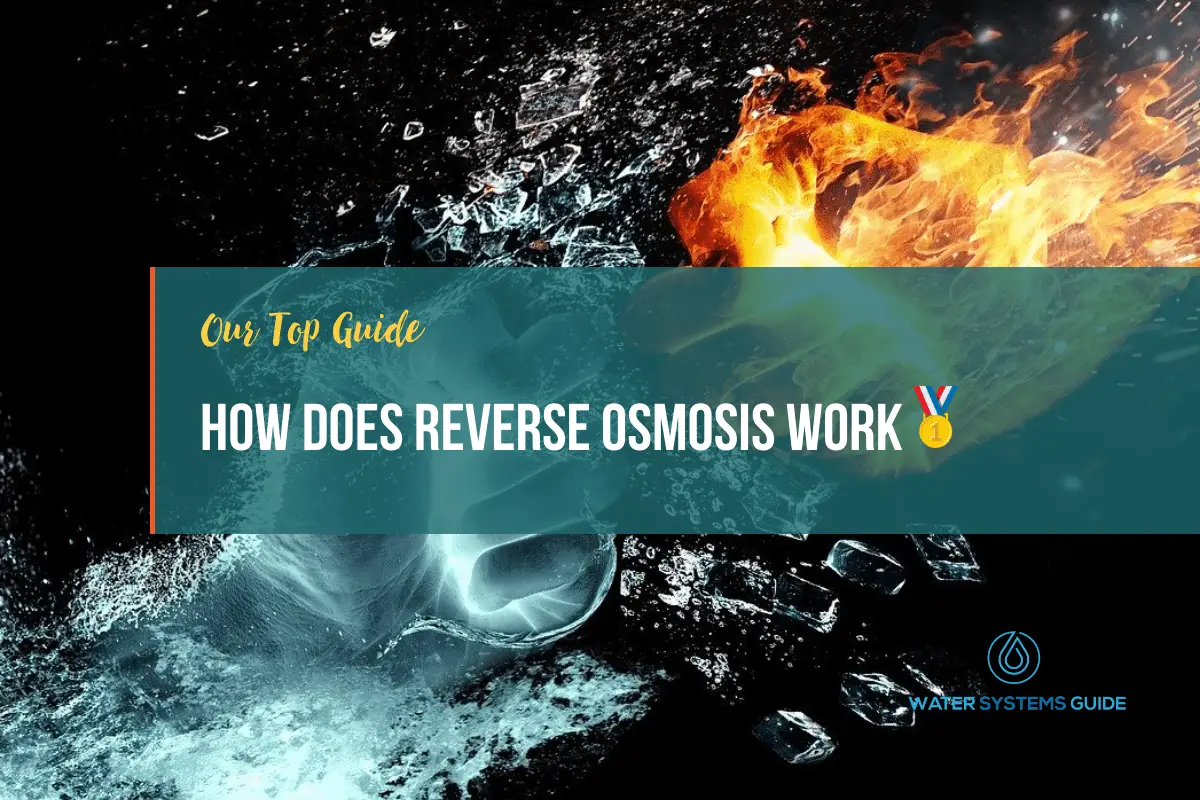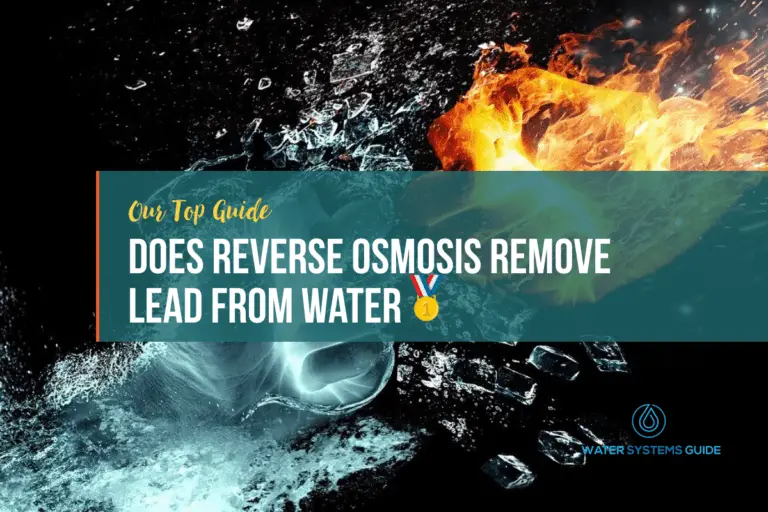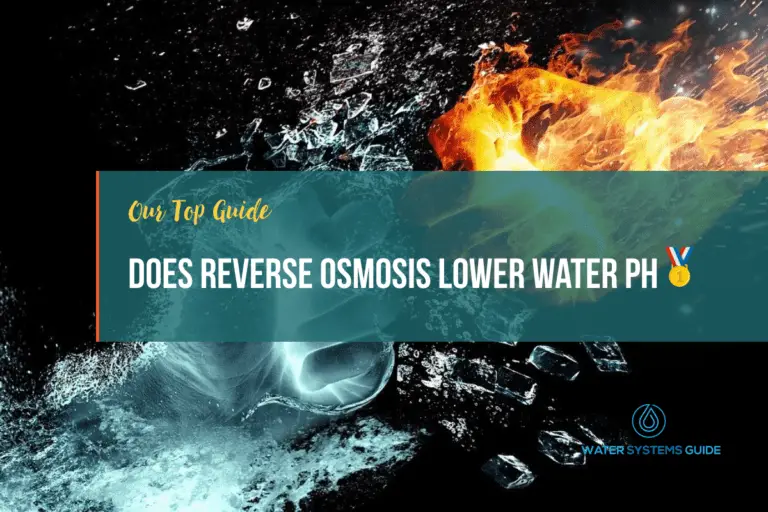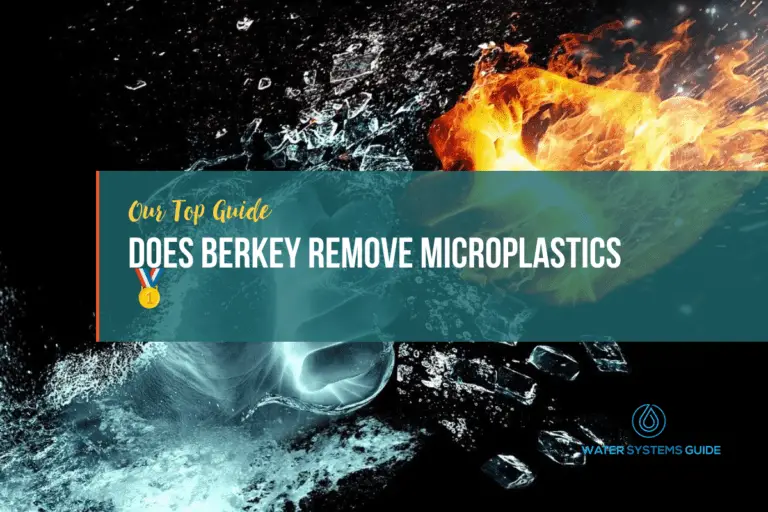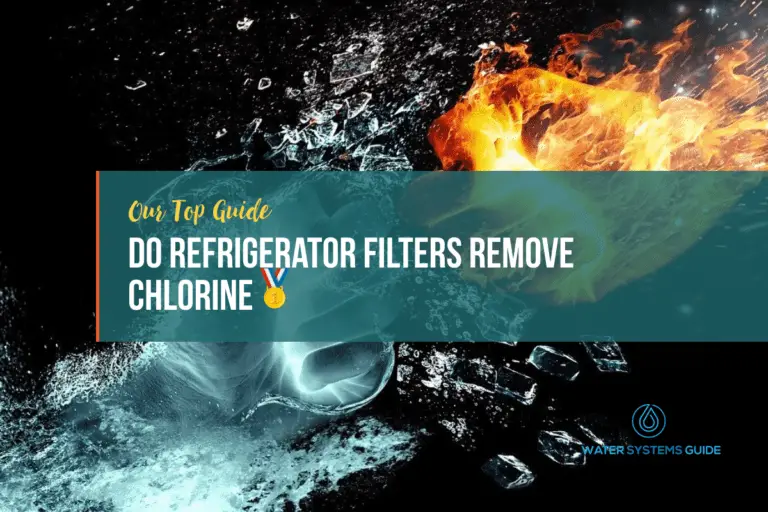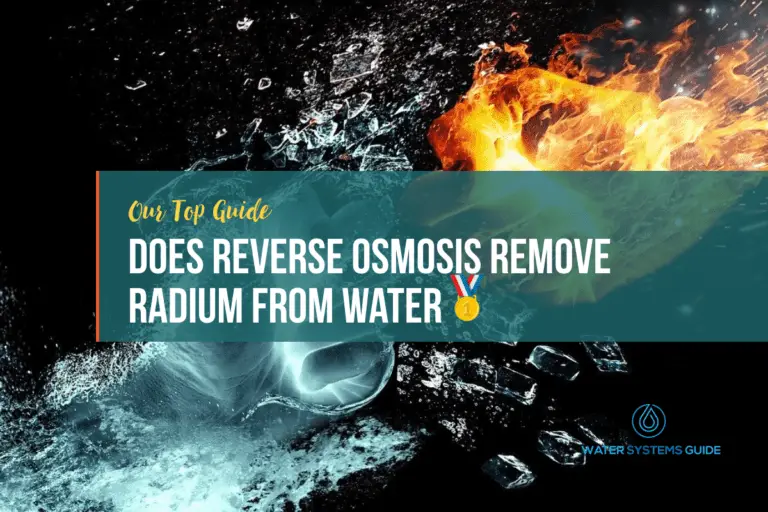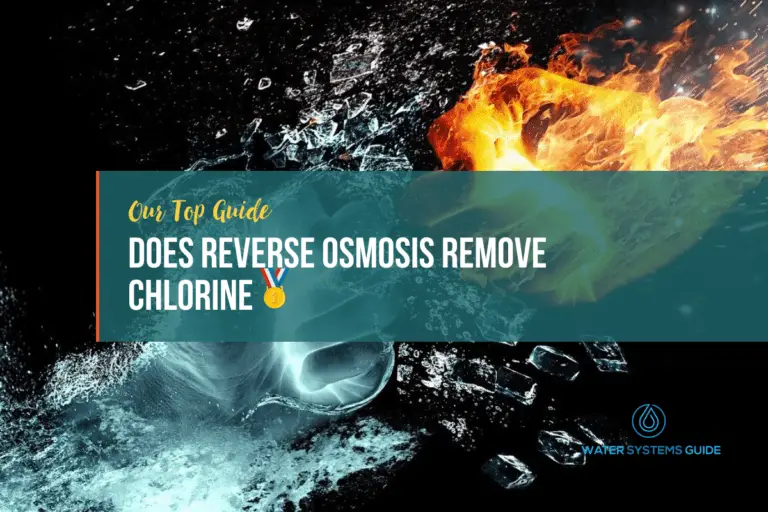How Does Reverse Osmosis Work
Reverse osmosis is becoming a more increasingly popular water filtration process for homes and businesses alike. But how exactly does it work? And is it suitable for your needs?
Well, let’s answer those questions here.
What Is Reverse Osmosis?
Reverse osmosis is a process that is used to filter and purify water. It works by using a semi-permeable membrane to remove contaminants from water. The water is then pushed through the membrane, leaving the contaminants behind. This process can be used to purify both salt water and fresh water.
How Does Reverse Osmosis Work
Reverse osmosis is a water purification technology that uses a semipermeable membrane to remove ions, molecules, and larger particles from drinking water. In reverse osmosis, external pressure is used to overcome the natural osmotic pressure that exists in all fluids.
This process was first developed in the late 1940s and has since been used in a variety of industries, including desalination, food processing, and wastewater treatment.
Reverse osmosis works by forcing water through a semipermeable membrane that only allows water molecules to pass through. Larger molecules such as salt ions and impurities are rejected by the membrane and are flushed away. This process can remove up to 99% of impurities from water, making it an effective way to purify drinking water.
What does a reverse osmosis system remove?
A reverse osmosis system can remove a variety of contaminants from water, including dissolved minerals, bacteria, and viruses. The amount of contaminants that can be removed depends on the specific system, but most systems are designed to remove at least 95% of all contaminants.
Benefits of using a RO system
The benefits of using a RO system are many and varied, but some of the most important ones include the removal of impurities and contaminants from water, the increase in water quality, and the improvement in taste and smell. RO systems are also known to be very effective in removing bacteria and viruses from water, which makes them ideal for use in areas where clean water is essential. In addition, RO systems can help to extend the life of your appliances by preventing scale build-up and corrosion.
Is reverse osmosis water good for you?
The process of reverse osmosis removes impurities from water, making it safer to drink. Reverse osmosis water is also more refreshing and tastes better than tap water. However, the RO process also removes beneficial minerals and meaning that the water isn’t as nutritious, which is often the reason why remineralization is required, especially if RO is used as a long-term solution.
Where to use a reverse osmosis system?
Reverse osmosis systems are often used in homes and businesses to purify water. They can be installed in a POE or POU environment, for example, a point-of-entry RO system would be a whole house unit, whereas a point-of-use RO system would be an under sink or countertop unit.
How long do reverse osmosis systems last?
Reverse osmosis systems typically last for many years, provided that they are properly maintained. However, the lifespan of a reverse osmosis system will vary depending on the specific model and how well it is taken care of. In general, though, a reverse osmosis system that is properly maintained can be expected to last for many years.

